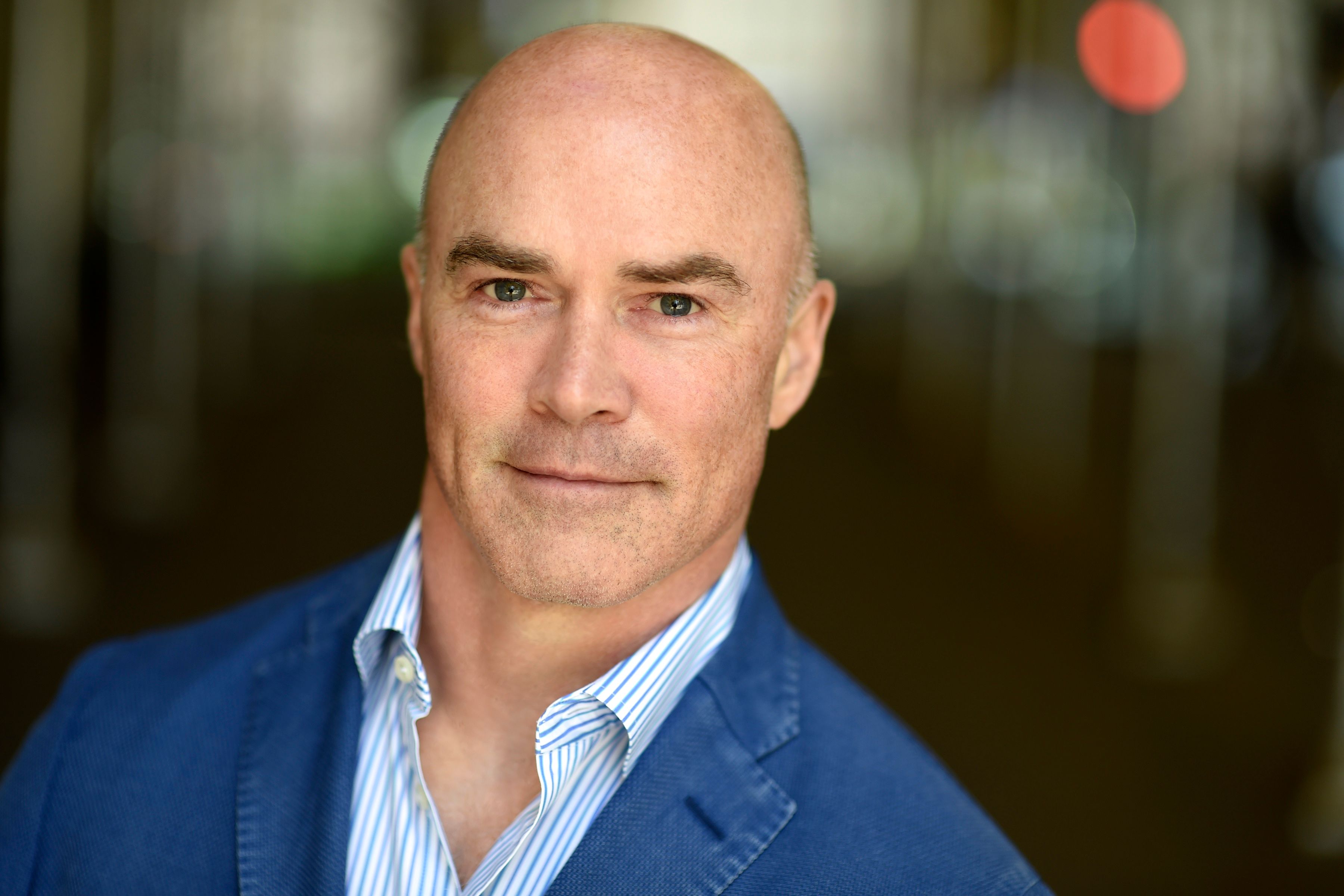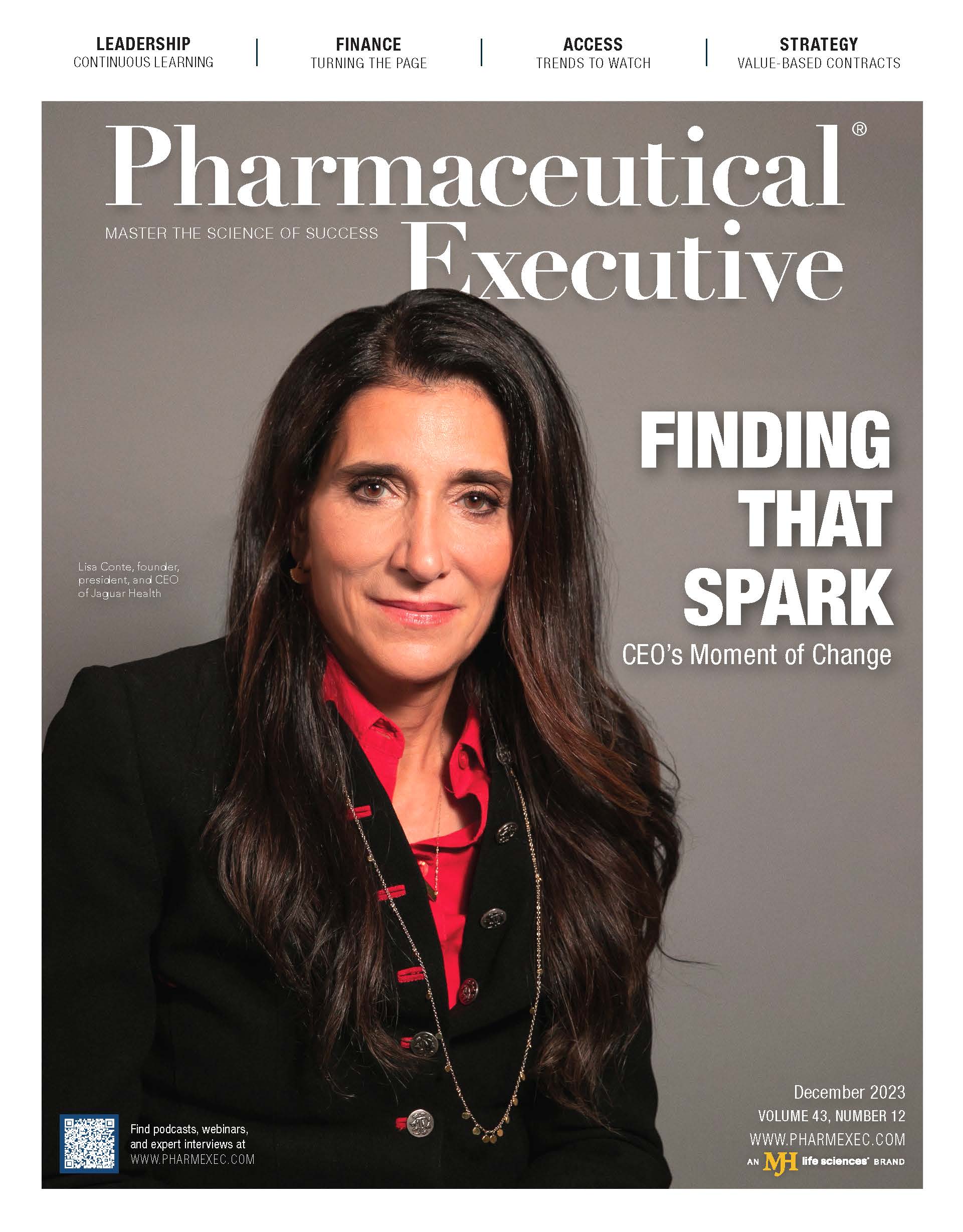- Sustainability
- DE&I
- Pandemic
- Finance
- Legal
- Technology
- Regulatory
- Global
- Pricing
- Strategy
- R&D/Clinical Trials
- Opinion
- Executive Roundtable
- Sales & Marketing
- Executive Profiles
- Leadership
- Market Access
- Patient Engagement
- Supply Chain
- Industry Trends
Clearing Away the Clutter: Implementing Value-Based Contracting in Pharma
Experts gauge whether the needle is finally moving on the effective structuring of outcomes centered payment agreements—from operational, technology, and acceptance standpoints.
Earlier this year, Pharmaceutical Executive spoke with EVERSANA CEO Jim Lang about value-based contracts (VBCs). During that conversation, Lang explained that this type of payment structure was mostly being used in connection with expensive cell and gene therapies. Due to the nature of these treatments, it’s easier for doctors and healthcare providers (HCPs) to determine their effectiveness.
Jim Lang
CEO
EVERSANA

In a VBC payment system, pharmaceutical companies and payers negotiate a set of measurable outcomes for a patient receiving treatment. Coverage for the drug is determined on whether those outcomes are met.
For example, at the time, Lang explained, “There was recently the new hemophilia drug that’s priced at $3 million and is for a rare [type of] hemophilia, type B. That seems ridiculously high-priced, but those people could consume $10 million to $20 million in healthcare cost[s] over their lifetimes without this treatment. It’s easy in those environments to see if the therapy takes and payment should happen or not. I see people experimenting a lot with that.”
Lang continued to say that he expected VBCs to become more prominent in the coming years.
Now, as 2023 comes to a close, cell and gene therapies are just one of many types of expensive, yet effective, treatments rising in prominence in the life sciences industry. As such, VBCs are still a hot topic of discussion.
CURRENT CLIMATE
Pharmaceutical Executive also spoke with Jim Kean, CEO of Molecular You, about the current state of VBCs in the pharmaceutical and healthcare arenas. According to Kean, VBCs are still being actively explored, but physicians and payers are starting to discover specific issues that need to be resolved before these types of contracts can become commonplace.
Jim Kean
CEO
Molecular You

While there are plenty of new treatments and technologies that would benefit from VBC arrangements, there are other issues that HCPs need to iron out to alleviate challenges in VBC implementation that have proven more difficult to address than had initially appeared.
“The status of VBC is that it’s seen as a great idea, but everybody is wondering how you can implement it,” says Kean. “If you look at the stats, only about 6% of Medicare payments are VBC. This means that over 90% are still fee-for-service. [Centers for Medicare & Medicaid Services] says that it has a goal of having 40% of all payouts as VBC within five years. The question is: how are they going to make that happen? What kind of things can they put in place to enable this to happen? And the even more fundamental question is, why isn’t it happening yet?”
Due to the nature of VBCs, payers are hesitant to start allowing costly advanced treatments on formularies that may not be— or have yet proven to be—effective or durable over time.
To deal with this issue, some payers are working to develop systems that allow for HCPs to provide these expensive treatments, but only after other less expensive, but still potentially effective, drugs have been attempted.
“What I’ve seen when it comes to trends in VBC is that a lot of the standardized fixed-payout codes (remote patient monitoring, remote therapeutic monitoring, and chronic care management) are starting to be deployed toward Medicare VBC formats,” says Kean. “Alzheimer’s care is interesting because CMS just announced the GUIDE program at the end of July 2023. In 2024, CMS will start paying a standardized $300-per-patient per month for every cognition patient who is in a practice. The reason why they’re doing that is that they want to direct early Alzheimer’s patients into direct primary care with a cognition focus first before they allow the expensive drugs to be prescribed for those patients.”
The concern, according to Kean, is that a tsunami of cognitively impaired patients will hit the healthcare system in the coming years. He has seen estimates that forecast about 10 million new cognitive therapy patients during that time period. Since many of these patients could require $26,000-a-year drugs to be prescribed, it could severely strain, if not completely bankrupt, the healthcare system, notes Kean.
Instead, CMS is hoping that different methods can be attempted first.
“The companies have noticed that there are a lot of well-validated lifestyle, diet, nutrition, exercise, and holistic programs that move the needle a bit,” says Kean. “They’re going to require that patients go through that first before prescribing drugs. As part of that—and this is a key factor—they would have the direct primary care report on the status of the patient about once or twice a year. Have they progressed, had improvement, stayed the same, or are they deteriorating? The same reporting will also be required for those patients that progress to the Alzheimer’s prescription drugs.”
Requiring direct primary care reports, however, brings a new set of problems with it. For example, a practitioner could potentially have 1,000 patients on cognitive therapy. The question is: how would they scale producing these reports? Requiring that many patients to regularly be tested and then make a qualitative decision on whether or not they’re deteriorating at a rate sufficient enough to fulfill the requirements to receive expensive medication can be problematic.
“A lot of the physicians are balking at that and are hesitating at taking cognition patients,” notes Kean. “Another thing that they’re starting to discover is that a lot of the cognition patients have a fair amount of comorbidities that exceed the cost of the cognitive therapies. This leads to the question: how do they get paid for that? There are VBC-fixed payouts around cardiovascular and metabolic disorders as well, and a lot of people say that those conditions are implicated in the acceleration of cognitive decline. They’re also asking if they get paid for the direct primary care fixed payout, or do they get paid for cardiovascular diabetes, or both? The answer is yes, but the next concern is about when one physician has a group of patients who are sicker than the average group of patients.”
In those cases, payouts are determined by average patient costs, says Kean. “So if a doctor takes in a much sicker group of people, they need some redress to be able to strategize and apply for enhanced payment regimes,” he adds.
BIOMARKERS AND BILLING
In order to assist HCPs with issues related to variations in specific patient populations, Kean and his team are developing tools to perform molecular measurements on a variety of conditions. These tools are highly accurate and can help predict a condition before the disease has taken hold. The technology allows them to strategize based on their specific patient populations and how they compare to the average patient population.
“New tools help move the ability to diagnose to one of almost a pre-diagnosis by seeing what’s going on at the molecular level,” explains Kean. “Our platform has 26 disease-risk signatures, and we’re about to add another 30 on top of that. Our Alzheimer’s test is 98% accurate. If you have that risk factor, there’s a high likelihood that you either have it now or are about to develop it. Tools like that can also pick up comorbidities as well, which gives a holistic view of the patient. They’re going to be pretty essential because they can aggregate data and provide a real-time snapshot.”
Kean says that he’s been working in diagnostics for a good part of his career, and he’s noticing some changes in how doctors are testing for diseases. With most conditions, for example diabetes, he says he sees the world moving away from a single biomarker test, such as testing for glucose or performing a qualitative assessment.
“About 10-15 years ago, on the heels of the human genome project, you started being able to measure specific protein or metabolome expression,” he says. “Genes are very non-specific when it comes to possibility, while proteins and metabolites can tell people what’s going on with them at a molecular level at this moment. A lot of those are well in advance of traditional diagnostics that are, in a way, blunt force instruments that can only pick up things when a patient is demonstrating symptoms and the damage is often already out of control.”
According to Kean, he sees a world where HCPs may have 10-30 related biomarkers for a condition such as Alzheimer’s.
As testing becomes more advanced and able to detect diseases at earlier stages, this will allow doctors to better prepare for billing issues related to VBCs. However, there are also logistical issues that physicians will face when it comes to implementing a new type of payment model.
“From an operational standpoint, transitioning from volume-based services to patient-centric and VBC can start in a couple of ways,” says Kean. “If you’re very comfortable billing for specific things and have always set your practice up that way, it’s scary to suddenly get a fixed fee for a patient in a particular area because you might get a sicker patient than average. Another concern is program-specific, because doctors might get crossover conditions, some of which may still be fee-for-service. That can result in a mixed bill, which can make it blurry when it comes to what you’re able to bill out and consider VBC or fee-for-service. Doctors are concerned about doing that and not falling afoul of fraud, waste, and abuse.”
Not surprisingly, artificial intelligence (AI)-based technologies are being used to help doctors and researchers implement VBCs and gain a better understanding of their patient populations. As research around biomarkers becomes increasingly important, especially for treatments used in VBC models, AI is helping researchers comb through massive amounts of data at a much faster pace.
“AI is essential to this process,” Kean tell Pharm Exec. “There’s about a million scientific citations every year coming from hundreds of journals. For many years, it’s gone beyond human capability to track all of this research; so much of it sits on a digital shelf and gathers digital dust. To counteract that, we have a machine learning (ML) apparatus that sits on top of all of these journals and vacuums up all of this material. It then distills whether each study is scientifically validated, is independently studied in different parts of the world, in that there are at least three studies to validate the marker, and other elements.”
Kean calls this ML tool, applied in this setting, a “huge labor saver” for his team. “There’s no way a team of humans could find all of these markers, and each marker gives you a definition of what’s going on with a patient,” he continues. “When looking at a thousand patients with in-depth profiles, that creates a population dashboard.”
Kean describes this as AI-based literature design, which he says takes over the mind-numbing aspects of looking through the data and allows researchers to put more of their focus on finding and testing new biomarkers.
“Calculating the ratios between each biomarker and the rates of change starts to imply some pretty big models. We’ve recently been mapping out how much money it will take to go from a 250 biomarker platform to an 800 biomarker platform.” says Kean. “We’re also looking into how much it will take to run that as well. We’re looking at some models for 20 years from now that could require $20 million of compute time with Nvidia class chips. That’s how complex the models are. Again, if that capability wasn’t there, it could take 10 years to just do one run of the model. That’s how it’s accelerating.”
OPPORTUNITY KNOCKS
According to Kean, the implementation of VBCs relies heavily on regulatory agencies and how they determine ways of dealing with something as complex as human health. One of the ways that this is happening, he says, is that regulators are setting up several demonstration sites and allowing doctors to provide feedback. These sites will allow providers to voice concerns about how these models could impact their practices.
Also potentially helping matters, Kean notes, is a new program created by CMS to pay for direct primary care.
“I hope CMS continues to find those things that enables physicians to figure out how sick the populations are and how they can manage risk so that they can get back to actually practicing medicine and not spend a bunch of time worrying about whether they picked the right number,” he says. “The program has to be fair because they don’t want to enable fraud or overbilling.”
VBCs have the potential to provide the healthcare industry a viable way to pay for costly life-changing treatments without adding considerably more financial strain to patients. One related model that is being tested is a fixed-payment framework. While this has raised concerns among HCPs about how exactly this will be implemented, new technologies are enabling physicians and others to better understand varying patient populations and how to best apply VBC payment models.

MDMA Therapy for Mental Health Conditions: Do the Benefits Outweigh the Risks?
October 25th 2024Despite a recent FDA Complete Response Letter issued to Lykos for midomafetamine capsules for the treatment of post-traumatic stress disorder, experts believe that the future is bright for psychedelic drugs that treat mental health conditions.
